Like lots of other folks, I found new ways to occupy my time during the pandemic. One of the more unique things I tried was hydroponic gardening. This is not my first post on this activity, but I am declaring today the end of my initial experiment. Today marks 183 days since I first planted the garden.
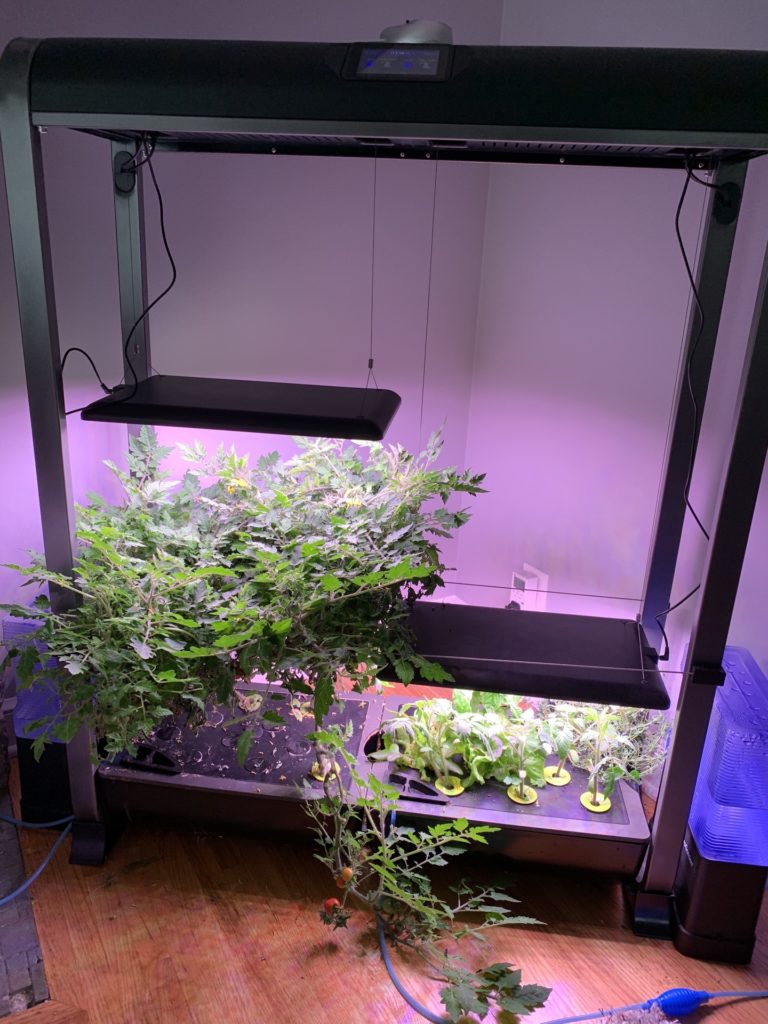
The tomatoes (left) have been growing this entire time. I am on my third crop of lettuce and I started some new tomatoes (right) to replace those on the left. Indeterminate tomatoes just keep on growing, but I wanted to try a different variety that would bear fruit before my outside plants start to reach maturity.
The tomatoes I produce are cherry tomatoes and I wanted to try something a little larger. The issue inside is supporting the plants as they mature. The plants I have now have matted down into this thick layer and finding the ripe fruit can be a challenge. More pruning and rigging some type of trellis system would have made sense. I kept a spreadsheet to record my harvest – 309 to this point. I will take the original plants out this weekend and replace them with four new plants I have started.
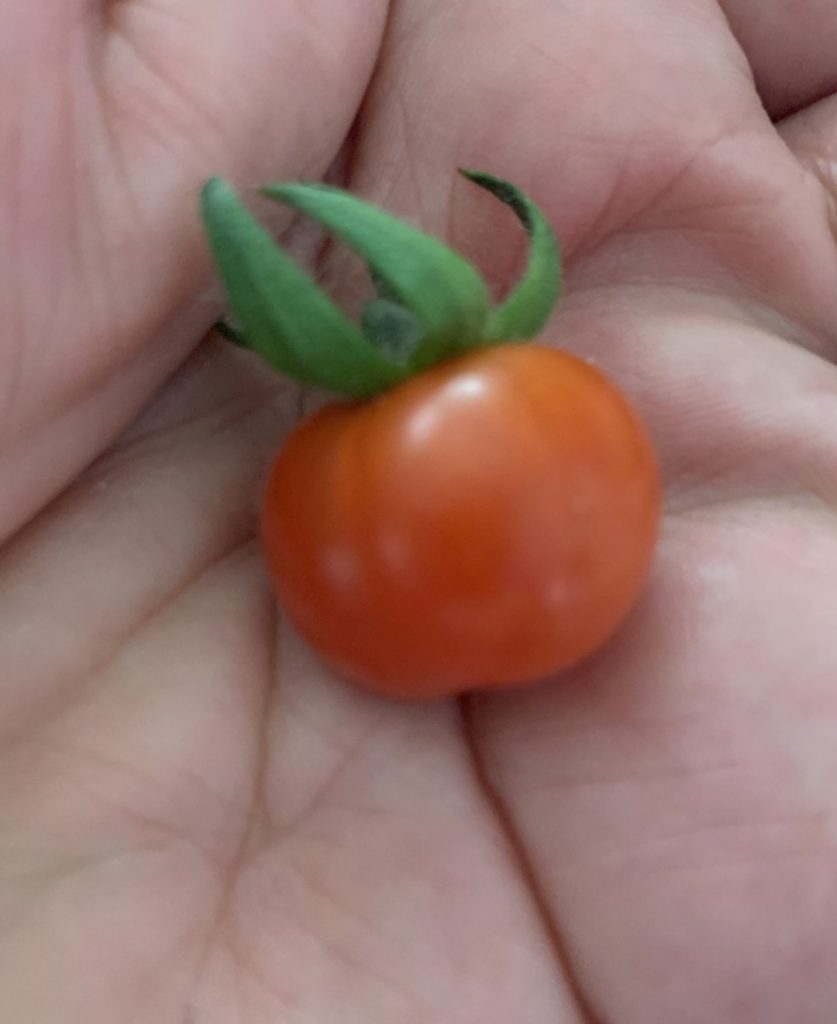
I have had a long-term interest in school gardens and this most recent exploration was partly an effort to evaluate hydroponics as an option. One of the problems with outside school gardens in this area is most of the work and the reward in produce comes over the summer. Hydroponics would offer a version with unique learning opportunities and suited to an option for the winter months. We had intended to purchase a couple of comparable gardens to donate to local schools, but the pandemic pretty much meant the students would not be present to experience the process. Maybe next year.
Hydroponics (the approach I take) and aquaponics (a setting using waste from aquaculture to provide nutrients) are well established as science projects for classrooms. Online searches should generate plenty of background material. I encountered this detailed explanation of aquaponics that prompted another post focused on my own project. Search on the tag “garden” at the end of this post to find earlier content on this topic.
![]()
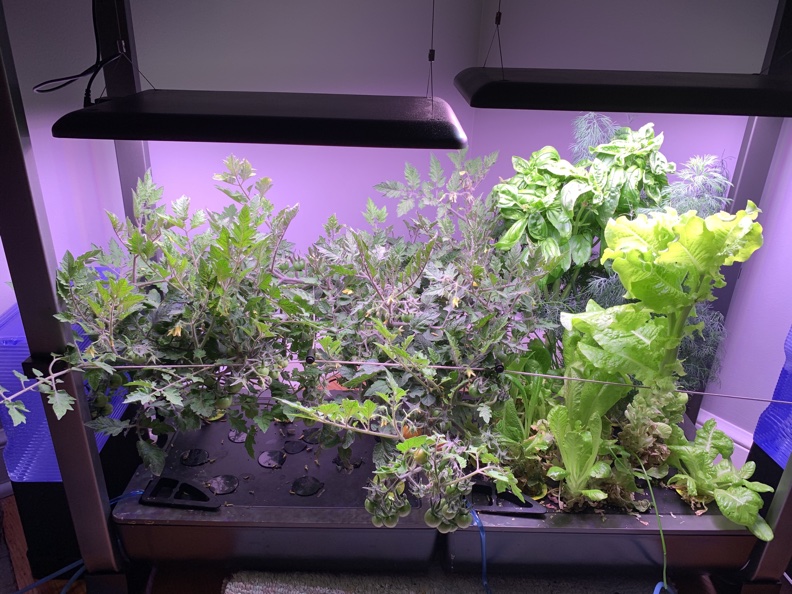
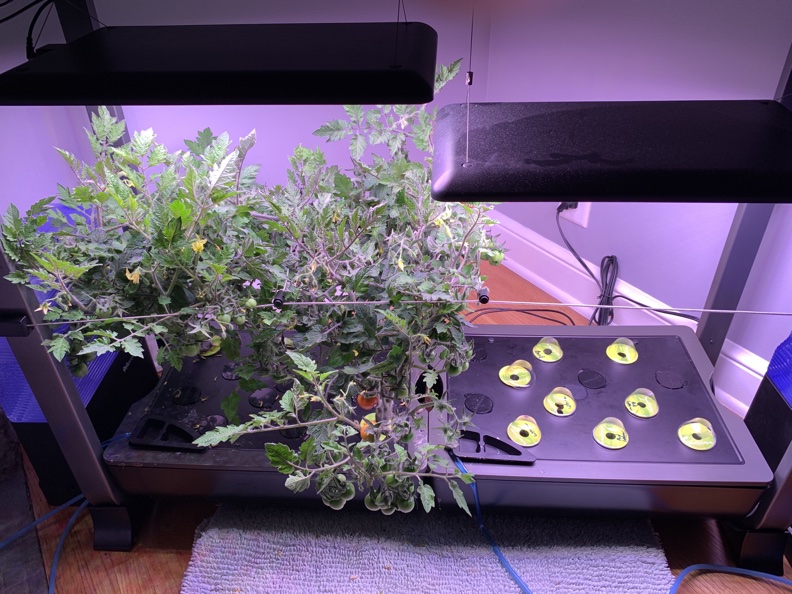
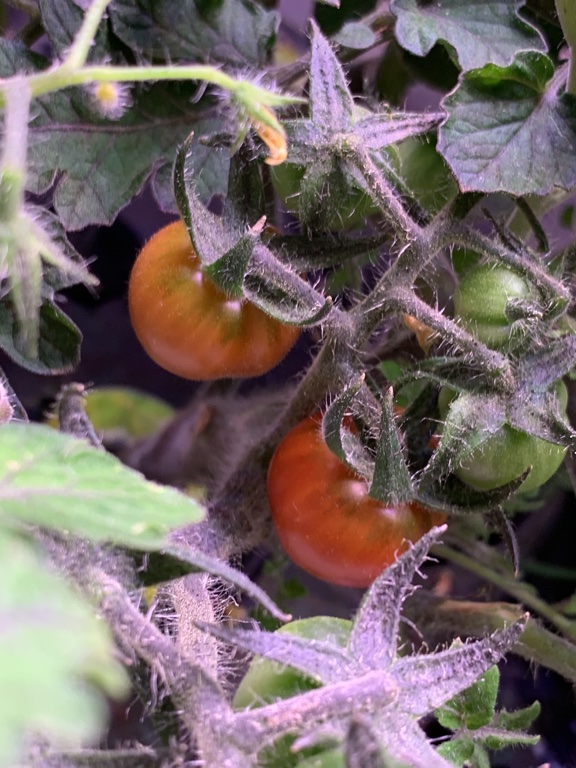



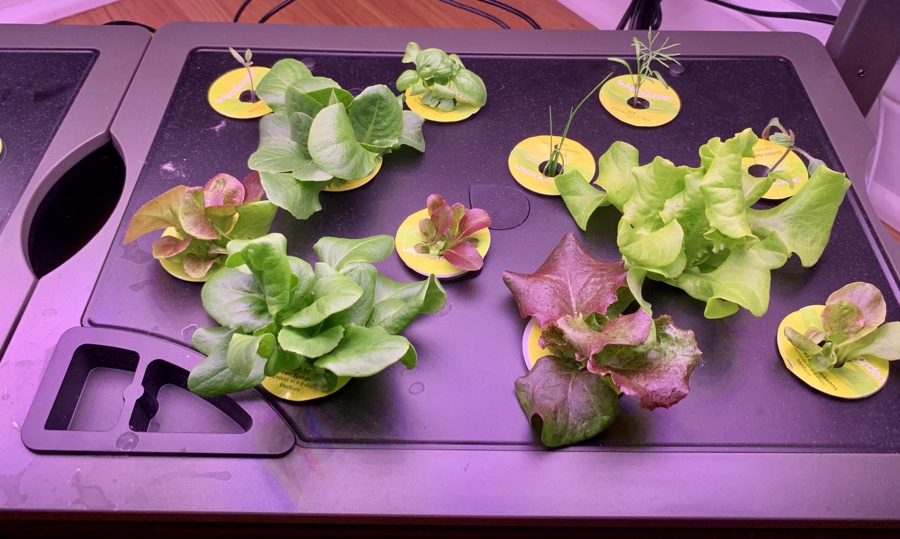


You must be logged in to post a comment.